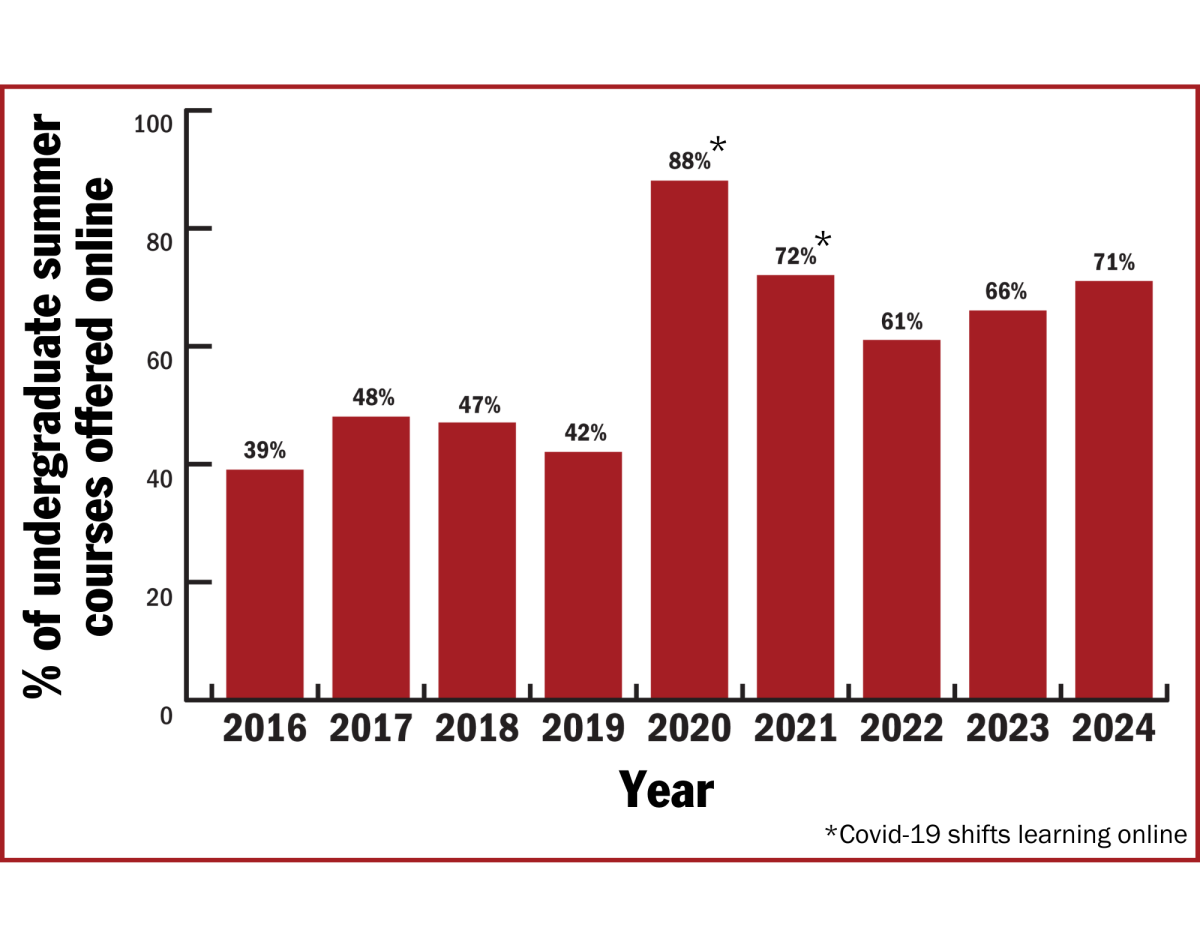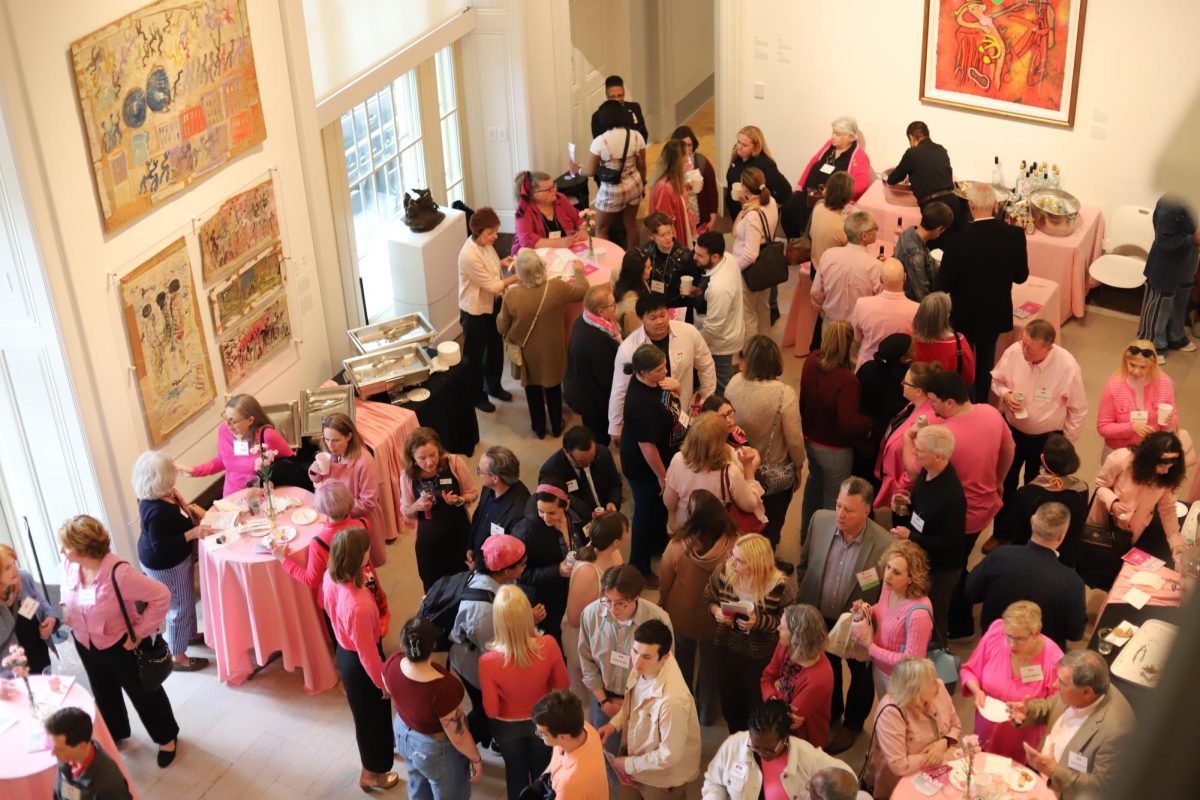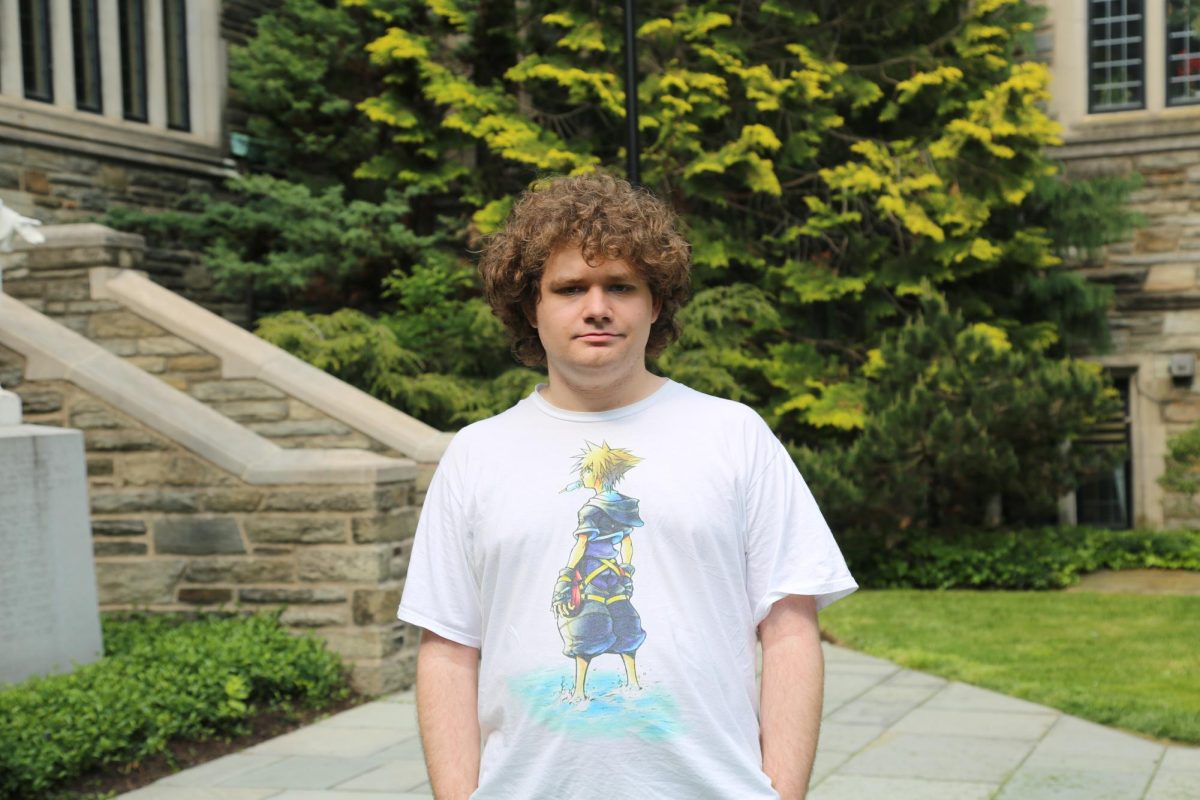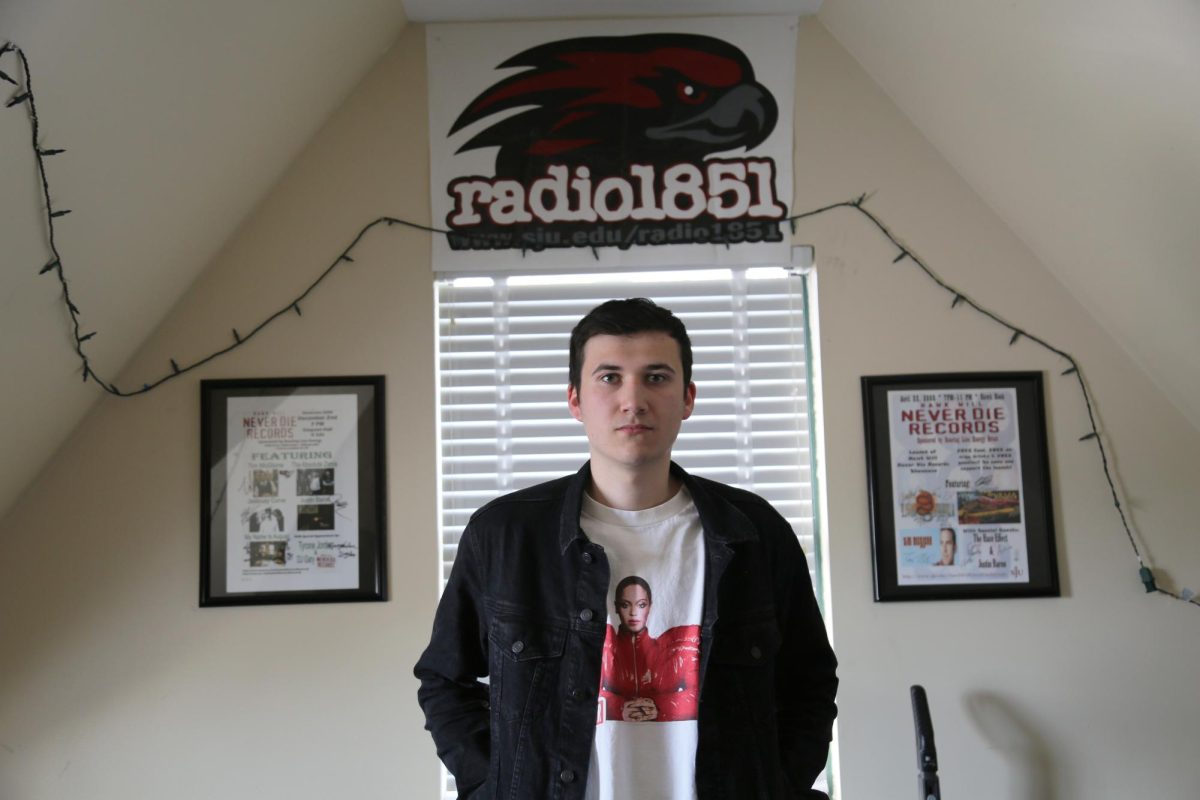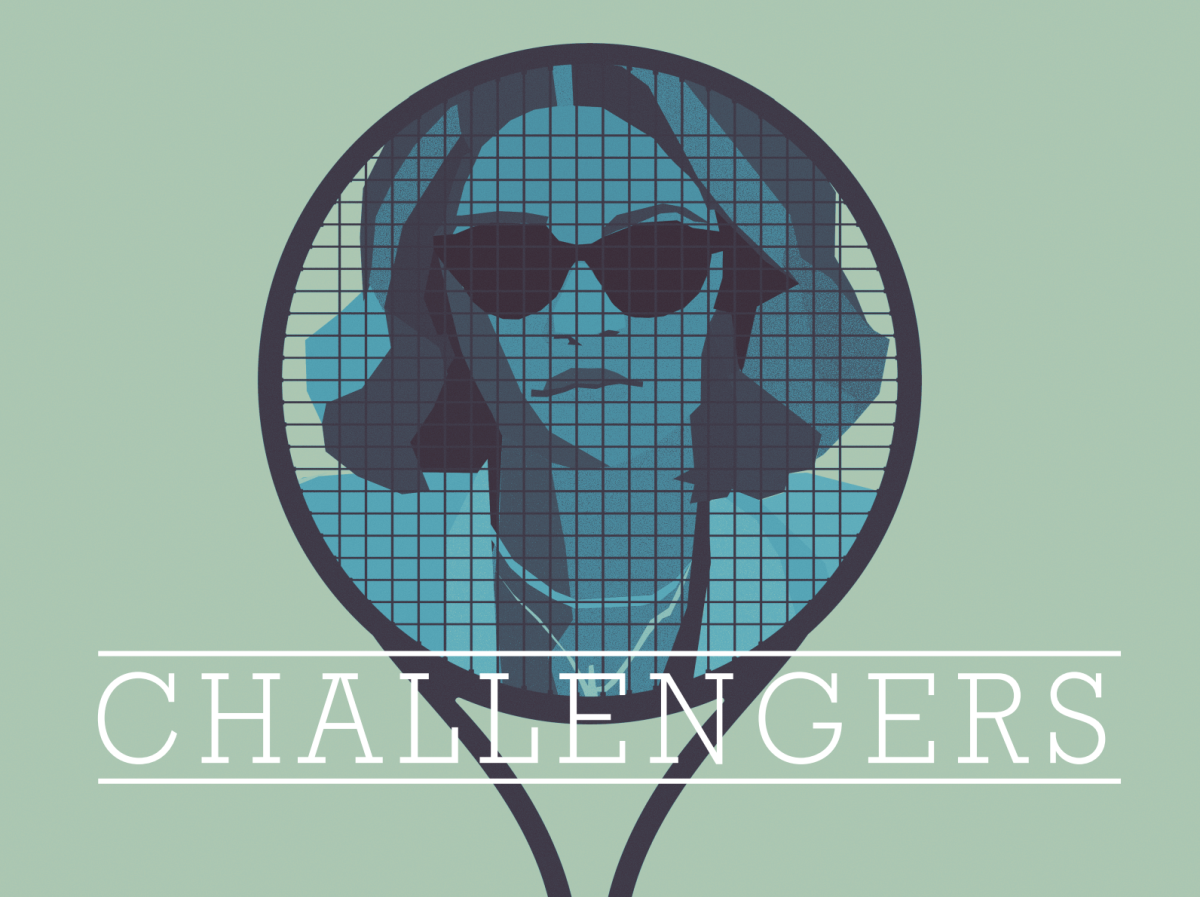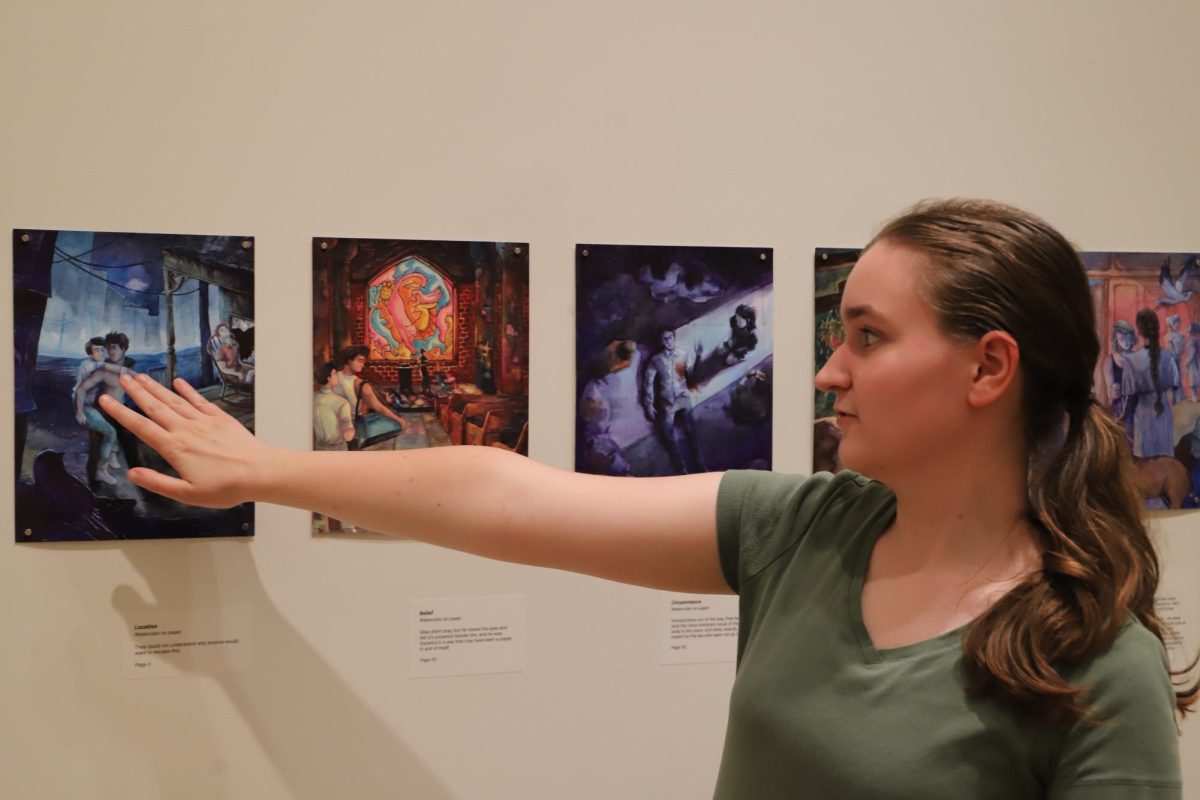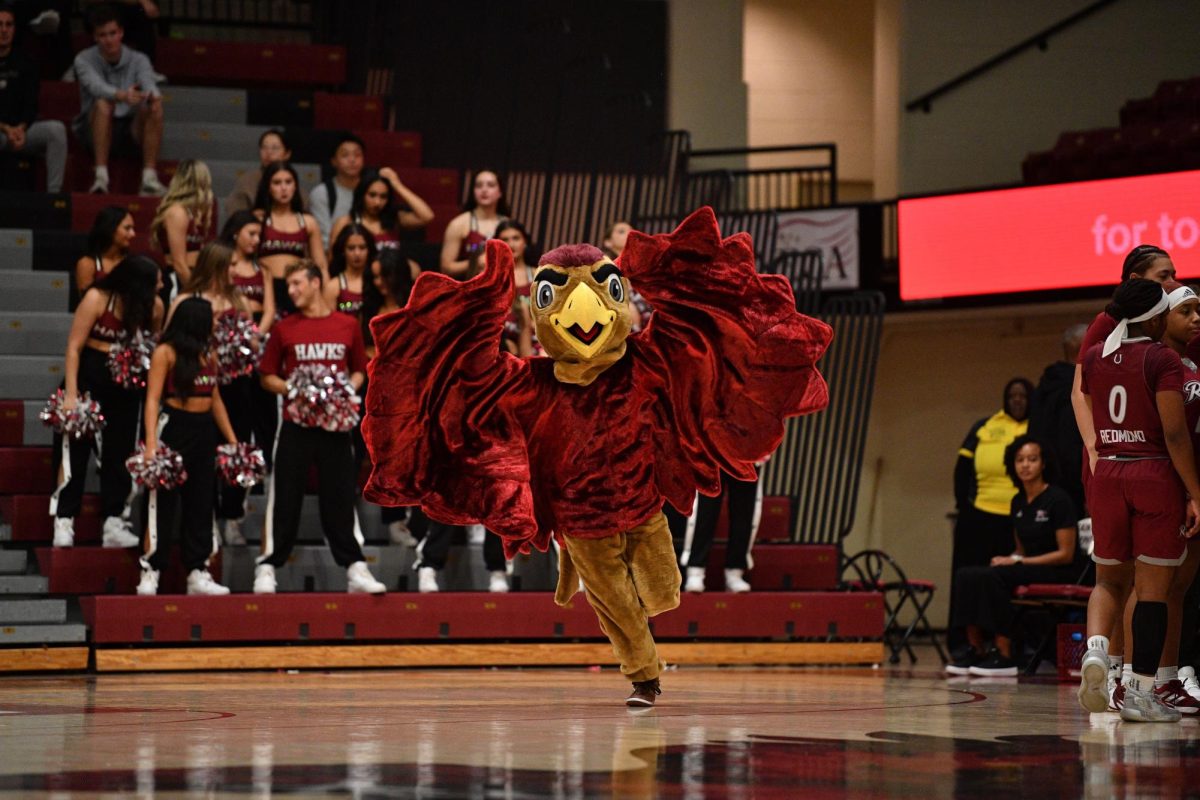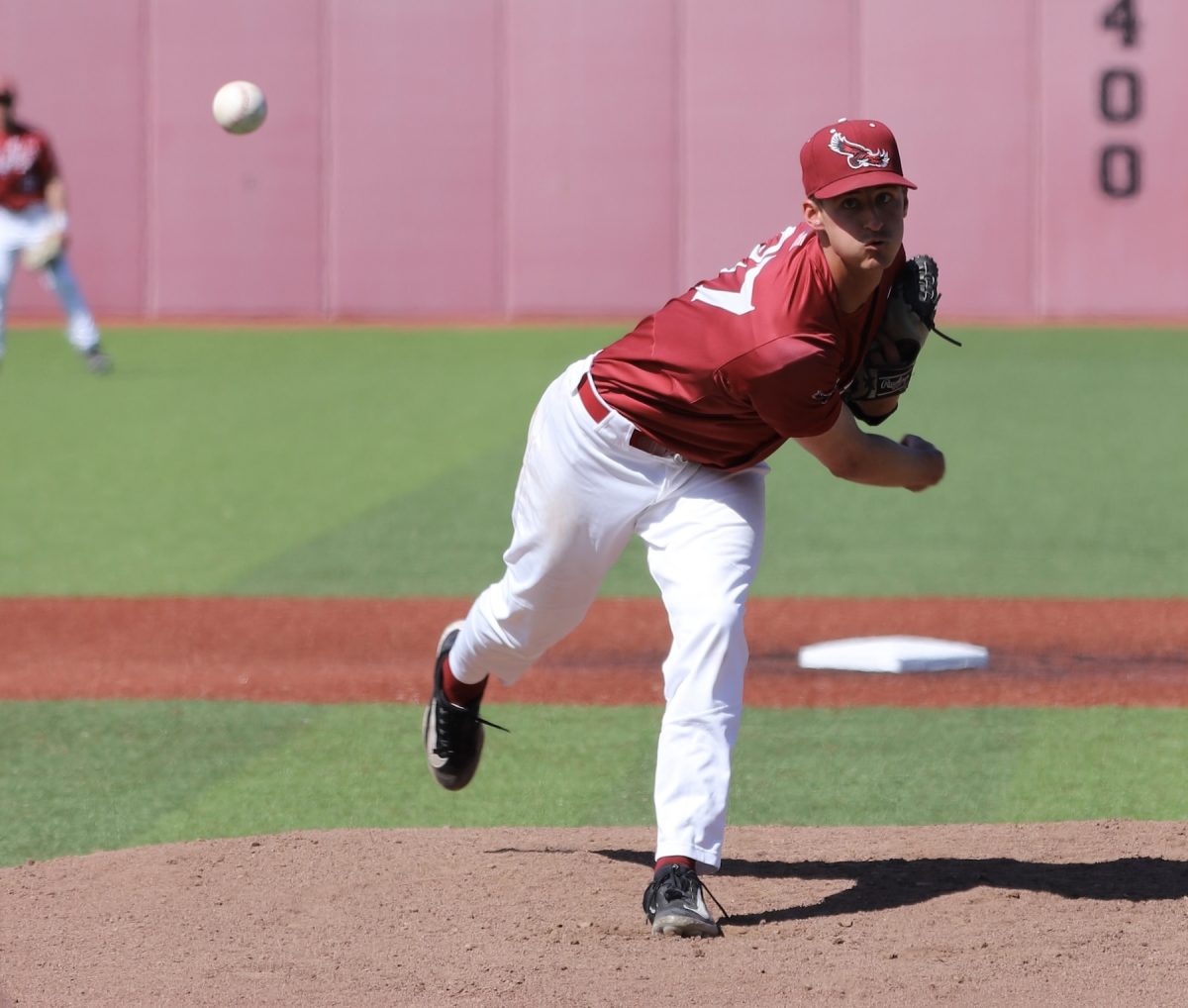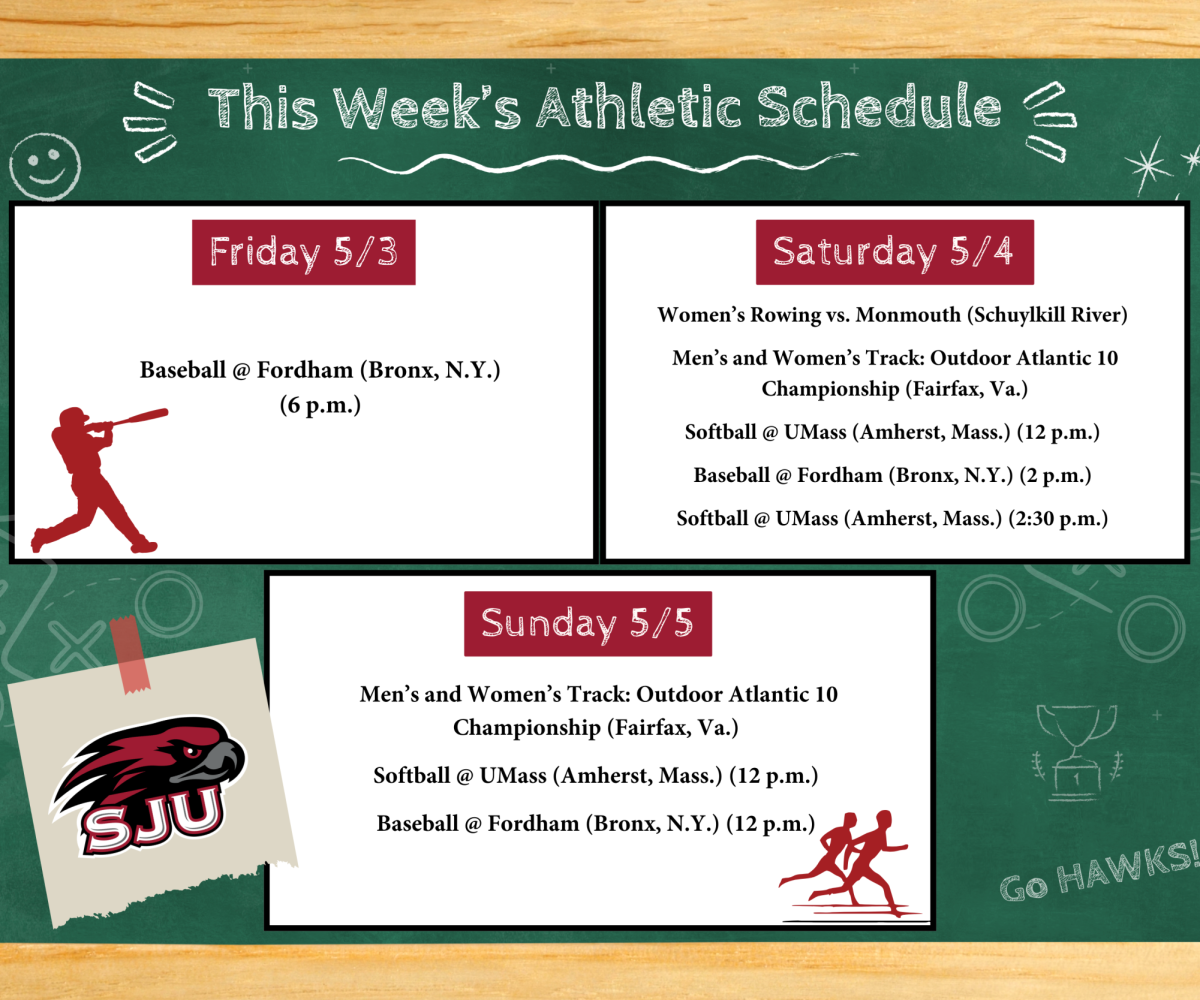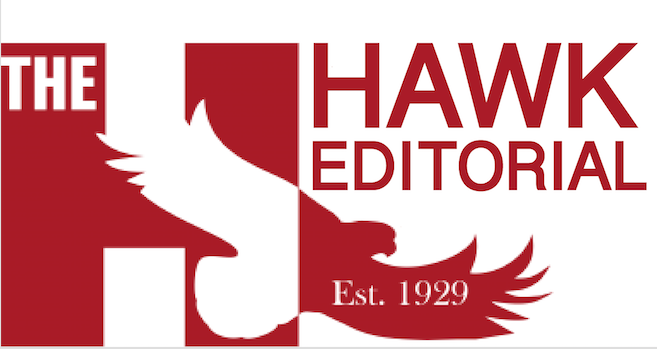Confronting The Hawk’s own history
For 90 years, The Hawk has chronicled the history of St. Joe’s. If you want to know how our campus reacted to the end of World War II, the assassination of John F. Kennedy or 9/11, The Hawk has covered it.
Its archives are a practical source of information, but they are also revelatory, sometimes in ways unflattering to both the newspaper and St. Joe’s. As the student newspaper of a university that did not admit women until 1970 and is still close to 80% white, The Hawk has been uniquely positioned to document the prejudices of past eras.
As such, the current Hawk Staff needed to confront our own history of publishing racist content so that we could understand the impact of our legacy on a campus still struggling to be an inclusive place for people of color.
Attitudes of students from a generation ago are visible in editorials like “On Racial Equality,” published in the Oct. 28, 1954 edition of The Hawk.
“It is patently foolish to argue that every Negro is equal to every white man in all things, just as we cannot say that each man is equal to every other man,” the editorial states. “Differences in talent and development, temperament, and physical characteristics are evident.”
This editorial was not the work of a lone, racist student—it was given prominence on the newspaper’s editorial page, representing a consensus from the entire editorial board. There have been more than a few shameful moments like these in The Hawk’s publication history, including images of blackface.
In 1949, The Hawk published a blackface photograph alongside a news article about Junior Week, a previous university tradition involving student theater performances, including minstrelsy, the practice of white performers dressing up as racist caricatures of black people.
The photograph features a student in blackface performing the Al Jolson song “My Mammy,” which derives its name from one of the most infamous examples of historical blackface. The “Mammy” caricature became popularized during slavery and in the Jim Crow South, suggesting that enslaved black women were happy and loyal in their bondage.
The Hawk not only published the photograph of a student singing the song “My Mammy,” but praised it as well, writing in the caption that the minstrel performance “brought the house down.”
Like many examples of historical racism at St. Joe’s examined in this issue, the “On Racial Equality” editorial and the photograph of the “My Mammy” performance are examples of a former time, but perhaps not a very different one. The racial slur incident last semester exemplifies that the attitudes of 70 years ago, while not manifesting themselves in minstrel performances, are still present on this campus.
The Hawk’s mistakes in publishing racist content go beyond the years of segregation and Jim Crow. In a 2000 opinions piece published in The Hawk entitled “Racists remain outside the dialogue and the progress,” which encouraged students to unite against on-campus racism, the N-word was printed uncensored multiple times.
The opinions piece itself may have promoted anti-racism efforts at St. Joe’s, but The Hawk’s decision not to censor an inflammatory racial slur with a centuries-long history of dehumanizing black people was irresponsible and may have led some non-black students at the time to believe it was acceptable for them to say and write the word.
To effectively move forward as a campus dealing with present-day racism at our school, we need to acknowledge the structures and attitudes that have allowed racism to thrive on this campus for 168 years.
That goes for us, too, as the current Hawk Staff. While we are not directly accountable for what the newspaper published decades ago, there is a responsibility on our part to learn from and acknowledge our own history.
As a media outlet, The Hawk has the potential to reinforce harmful societal attitudes in the content it publishes. Historically, The Hawk has promoted the racist practice of blackface by publishing and praising images of it.
Editorials like “On Racial Equality” had the potential to set a tone for how race was discussed on campus. By affirming rather than challenging racist attitudes of the day, The Hawk was complicit.
To dismiss these previous publications as “products of their time” would be to ignore their present-day ramifications. Whether it’s a fashion designer creating and selling items resembling blackface, an offhand comment or a racial slur on a dorm room door, the influence of historical racism is visible everyday.
By acknowledging the harm The Hawk’s racist content caused at the time of their printing, we hope to set a precedent of self-evaluation for the entire St. Joe’s community.

